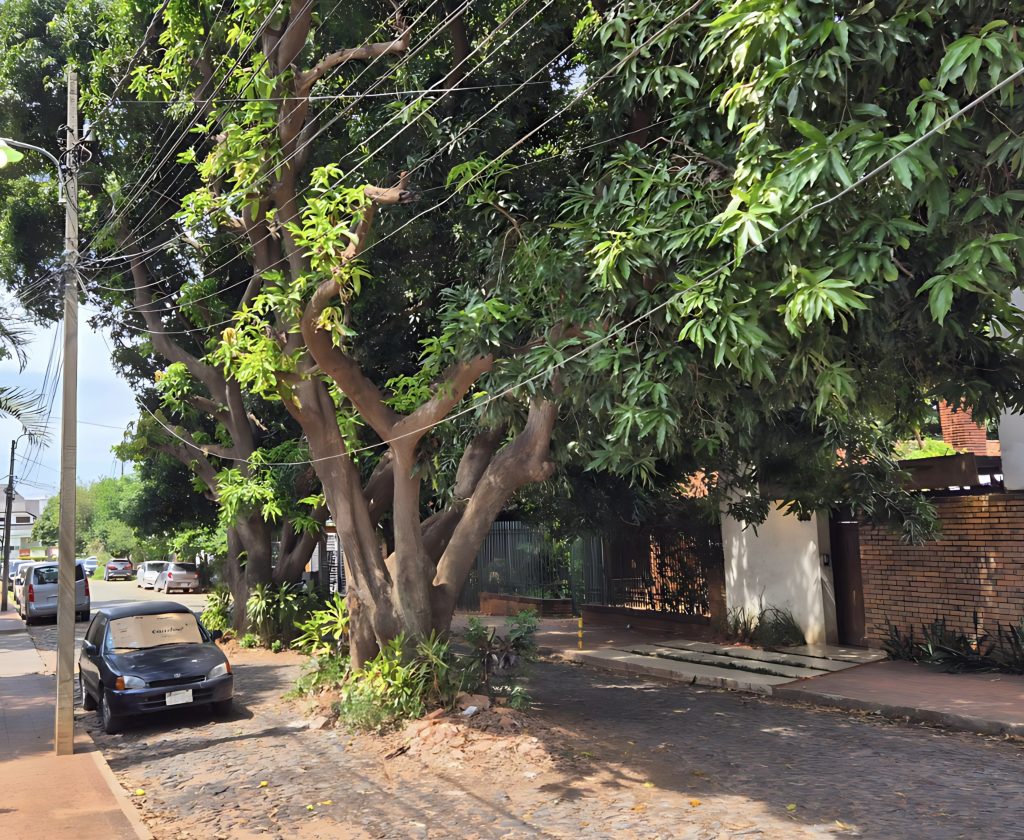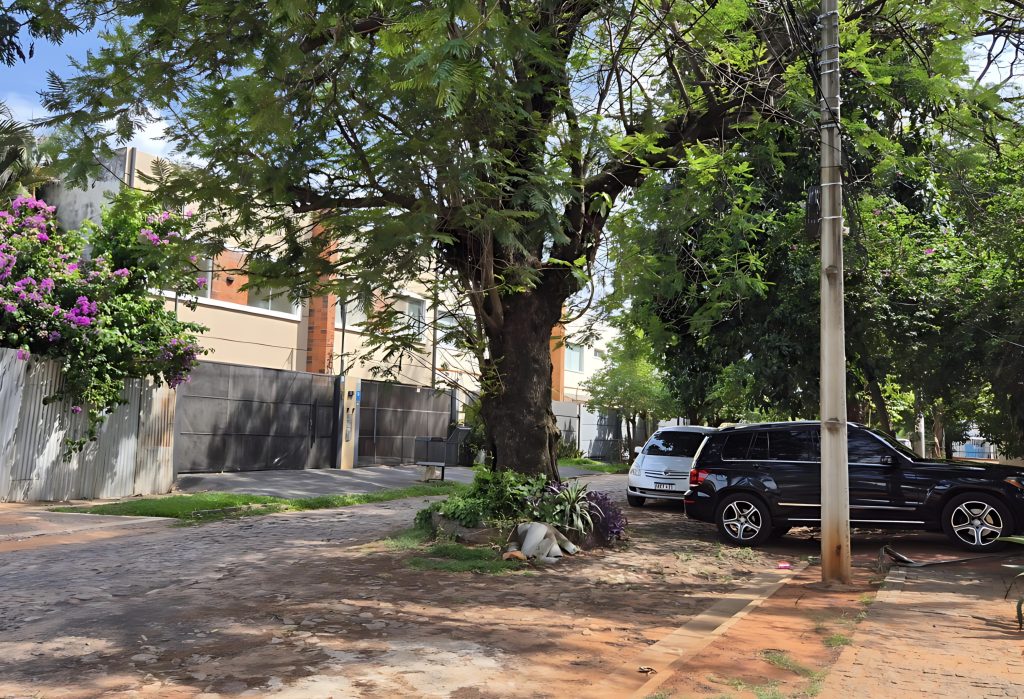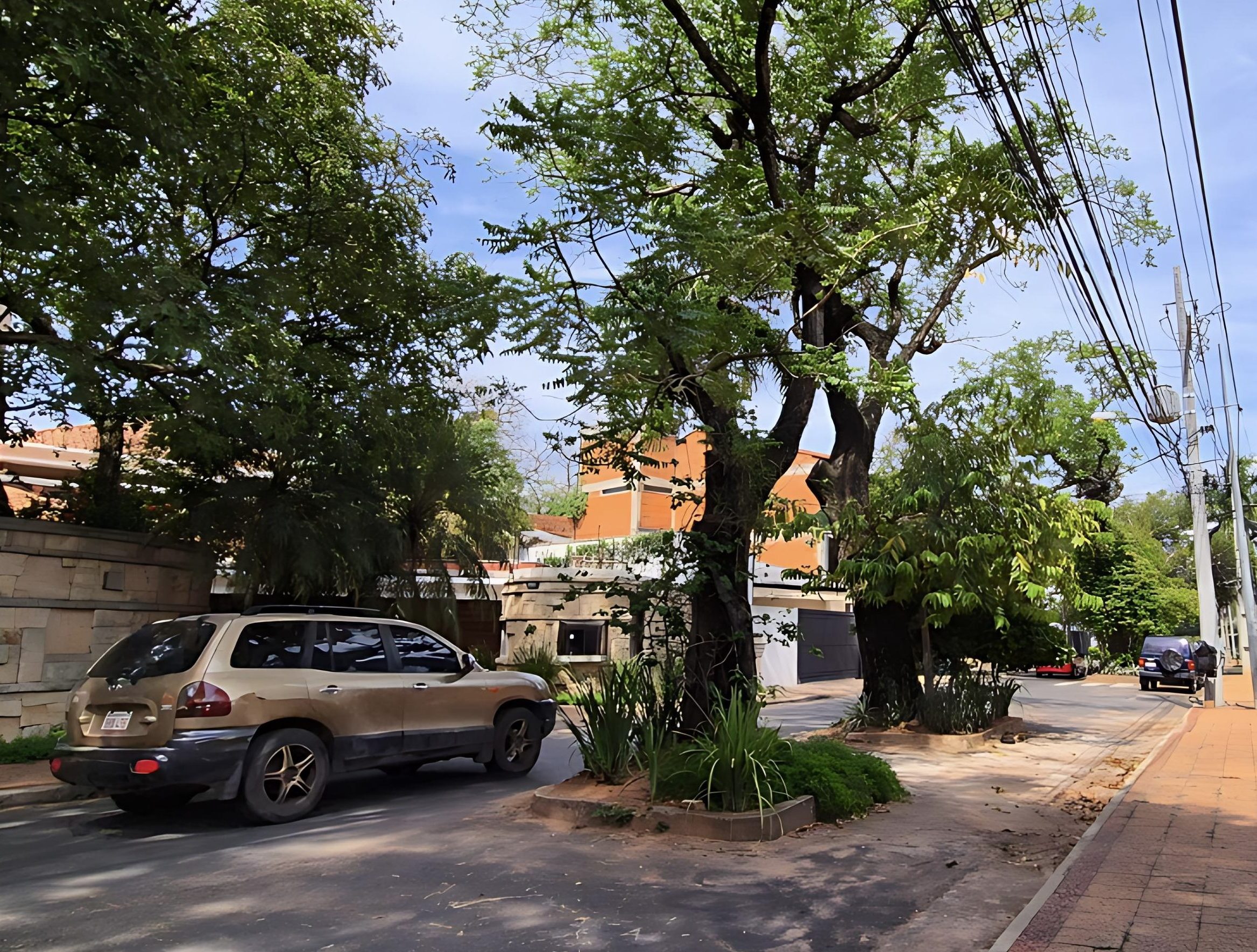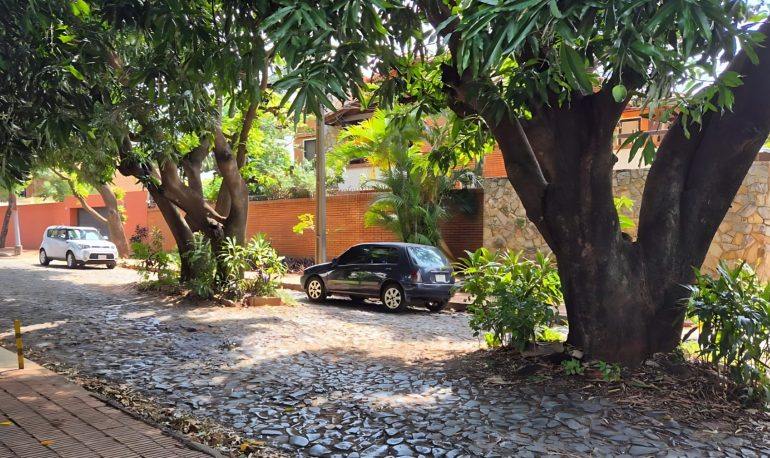In most cities, trees get the boot to make room for roads and concrete jungles. But in Paraguay, particularly in the capital, Asunción, colossal trees sprout right in the middle of streets, roundabouts, and medians like nature’s own traffic cones. What looks like a quirky urban oversight is actually a proud hallmark of Paraguay’s deep-rooted love affair with its green heritage. So, what is the background story here?
A legacy of trees before asphalt
In historic areas of Asunción, some trees predate paved roads by decades. As the city expanded, planners often chose to preserve them, building roads around them rather than cutting them down. Today, broad lapachos (Paraguay’s national tree) or palms can be found rooted in narrow lanes, requiring drivers to slow down and steer around them. Far from being obstacles, these trees are valued landmarks, woven into daily life and local identity.


A city that plans for green
While many trees remain from earlier eras, Paraguay has also adopted modern green planning. In 2017, the Ministry of Environment and Sustainable Development (MADES), along with partners such as the UNDP, launched the “Asunción Green City of the Americas” initiative. One major objective was to integrate green infrastructure, including street trees, into city layouts.
The Guía de Arborización Urbana, published in 2019, provided practical guidance for planting native species such as lapacho, yvyra pytã, and guaviju in urban spaces, including narrow medians and pavements. These types were selected for their ability to thrive in tight, often harsh city environments.
Planting trees between traffic lanes serves multiple functions. They provide shade, reduce urban heat, improve air quality by trapping dust and pollution, and naturally slow traffic, thereby promoting safety. They also beautify streets, particularly flowering species such as the pink lapacho, which transform city blocks into vivid, seasonal displays.

A culture of care
Paraguayans also demonstrate strong local stewardship. Residents often water or prune the tree outside their home, especially during dry seasons. In winter, pruning is common to allow more sunlight into homes, and the trees typically regrow strong and healthy.
Paraguay’s rich biodiversity, with over 500 species of hardwoods and native types like guava, mango, and the silk-floss tree (samuú), encourages their integration into urban settings. In Asunción, trees such as guava and mango are common in parks and along streets, reflecting efforts to preserve native flora within the urban greenscape. These trees also support local ecosystems by providing habitats for birds, and other wildlife.
Practical, or economic restraints
In some instances, trees may remain in roads due to practical, or economic constraints. For example, slow-growing types like lapachos are costly to replace, and local policies or community preferences may discourage their removal. Additionally, Asunción’s uneven sidewalks and older infrastructure suggest that urban development sometimes adapts to existing trees rather than removing them, leading to trees appearing integrated into or near roadways.
Symbols of harmony
Ultimately, trees growing in the middle of streets are not planning errors. They are symbols of harmony between urban life and nature. But Paraguay’s commitment to urban biodiversity extends beyond tree preservation. Initiatives such as ASORA Paraguay’s successful reintroduction of colourful macaws into city skies further demonstrate the country’s dedication to restoring and celebrating native wildlife in urban environments.
Through a blend of preservation and modern planning, Paraguay offers a compelling model of how cities can grow while staying connected to their natural heritage.


